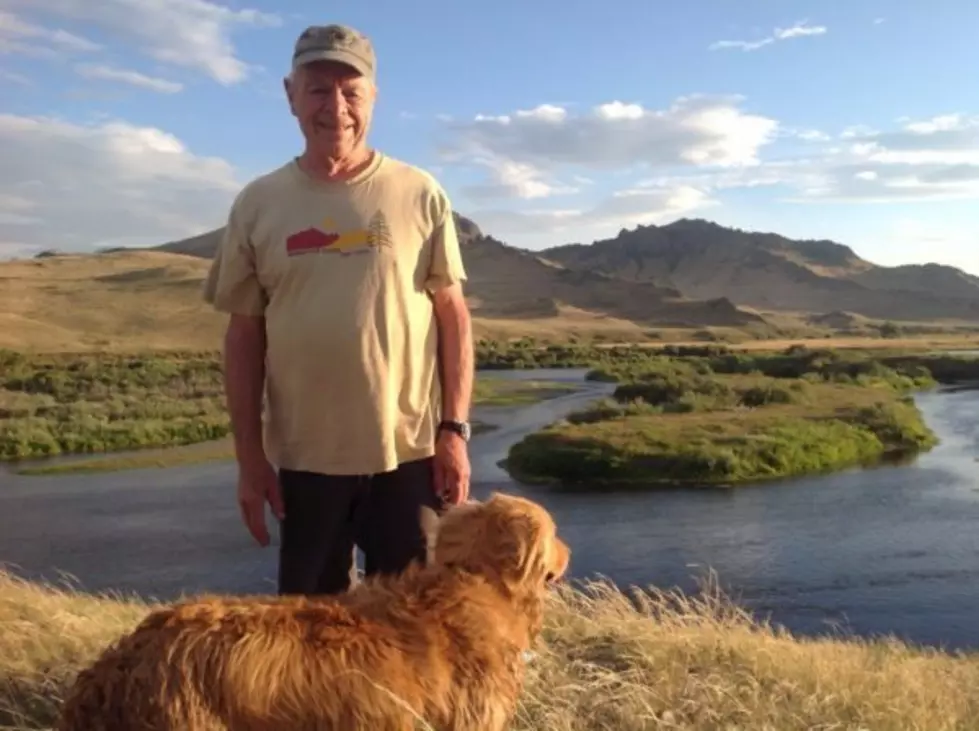
Pioneering biologist, legislator Bob Ream dies at 80
By Sherry Devlin/Missoula Current
Bob Ream, a pioneering wildlife biologist whose study of the first wolves that wandered across the Canadian border into northwest Montana and laid the groundwork for the species’ recovery, died this week at age 80.
Nearly 40 years ago, Ream led a team of biologists who monitored first one wolf and then others that naturally recolonized the mountains and meadows in and around Glacier National Park.
He had formed the Wolf Ecology Project in 1973, about the time wolves were added to the federal endangered species list. When a single female wolf was trapped and radio-collared in Glacier Park in 1979, he was one of the University of Montana biologists who spent years monitoring the wolf’s travels back and forth across the border, and its eventual mating and first litter of pups.
His work with biologists Diane Boyd, Mike Fairchild and Dan Pletscher shaped the federal government’s recovery plan for the species, naturally in northwest Montana and by reintroducing a handful of wolves in Yellowstone National Park and Idaho’s vast Frank Church-River of No Return Wilderness.
Ream, in fact, led the Northern Rocky Mountain Wolf Recovery Team that wrote the federal government’s plan to bring back the species to healthy numbers in the northern Rocky Mountains.
He disagreed when, in 1984, the recovery team recommended that some wolves be reintroduced to Yellowstone and central Idaho, but nonetheless remained with the group until it released the final recovery plan in 1987 and was disbanded.
The U.S. Fish and Wildlife Service then led the recovery and reintroduction effort, which has results in continued healthy populations of wolves in Montana, Idaho and Wyoming.
That work alone would have cemented Ream’s legacy.
But he also founded UM’s nationally renowned Wilderness Institute and its Wilderness and Civilization Program, and taught generations of wildlife biology students who too became pioneers in the field. His students often credited Ream with their love of wild places and the creatures that rely upon those places for survival.
Ream was the first director of the Wilderness and Civilization Program, which celebrated its 40th anniversary last year.
It was Ream who devised the program defining practice. Each new class begins their studies by hiking into the Bob Marshall Wilderness with their faculty mentors. There, they learn to work together and to live with wildness.
In an interview last October with Montana Wilderness Association deputy director Gabriel Furshong, Ream said was still planning to continue his treks into the Bob Marshall with the next class of wilderness and civilization students – despite his terminal cancer diagnosis.
“That first trip is always bonding,” Ream said. “As a teacher, I always wondered why some students were reluctant to speak up. I learned that it’s trust. We built that trust on those trips.”
Ream also made the unusual – for a wildlife scientist – decision to venture into politics, and for 14 years representing Missoula in the Montana House, where he sponsored the state’s stream access law and Superfund law.
From 2009 to 2013, Ream was chairman of the Montana Fish, Wildlife and Parks Commission. And for eight years, he was chairman of the Montana Democratic Party.
His death was announced by the party’s executive director on Thursday evening.
“Our hearts are broken over the death of our dear friend Bob,” said Nancy Keenan. “Montana is a better state because of Bob’s work to protect our public lands and stream access in this state. Our thoughts are with his wife, Ann Brodsky, and their family during this difficult time.”
